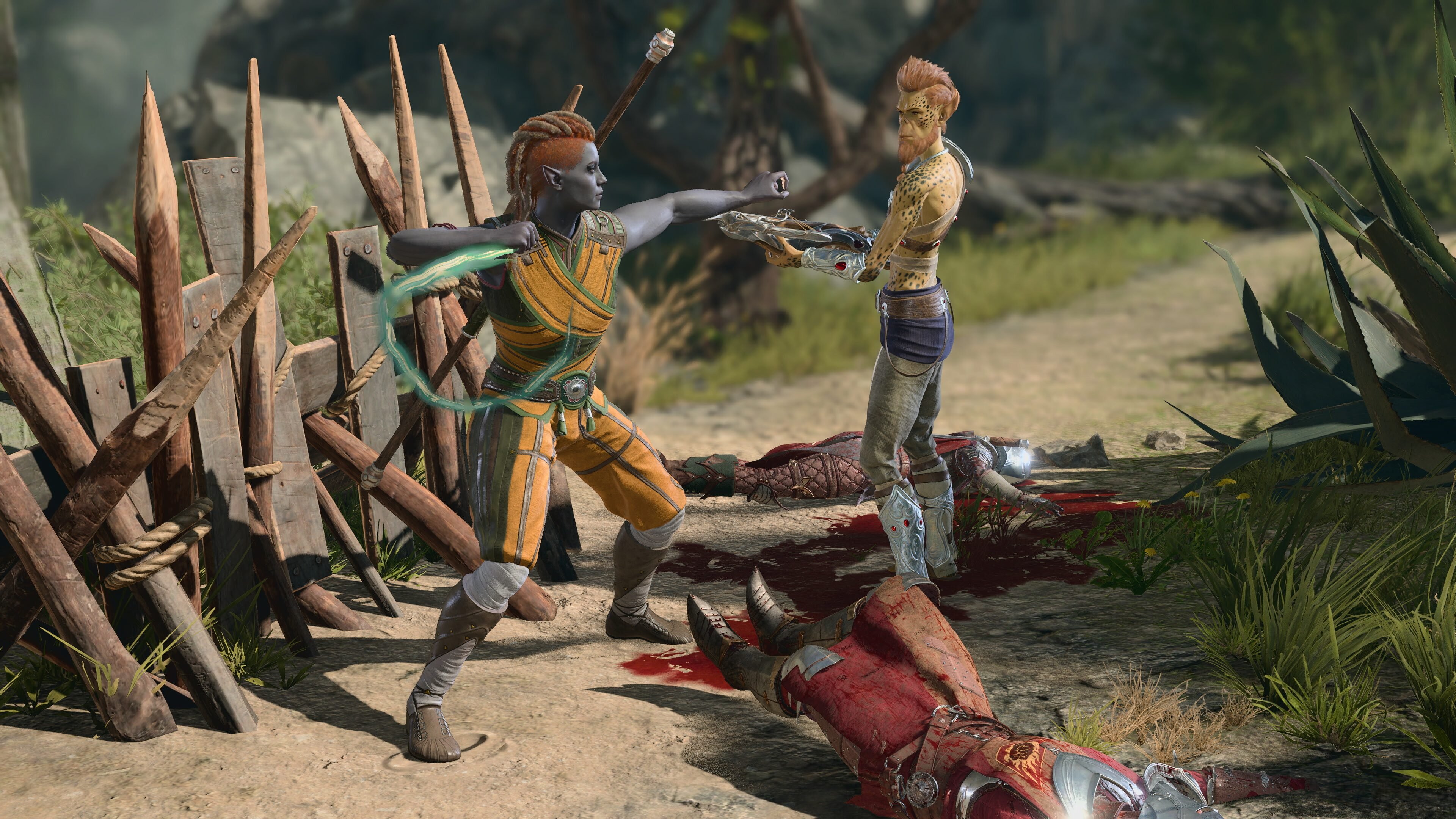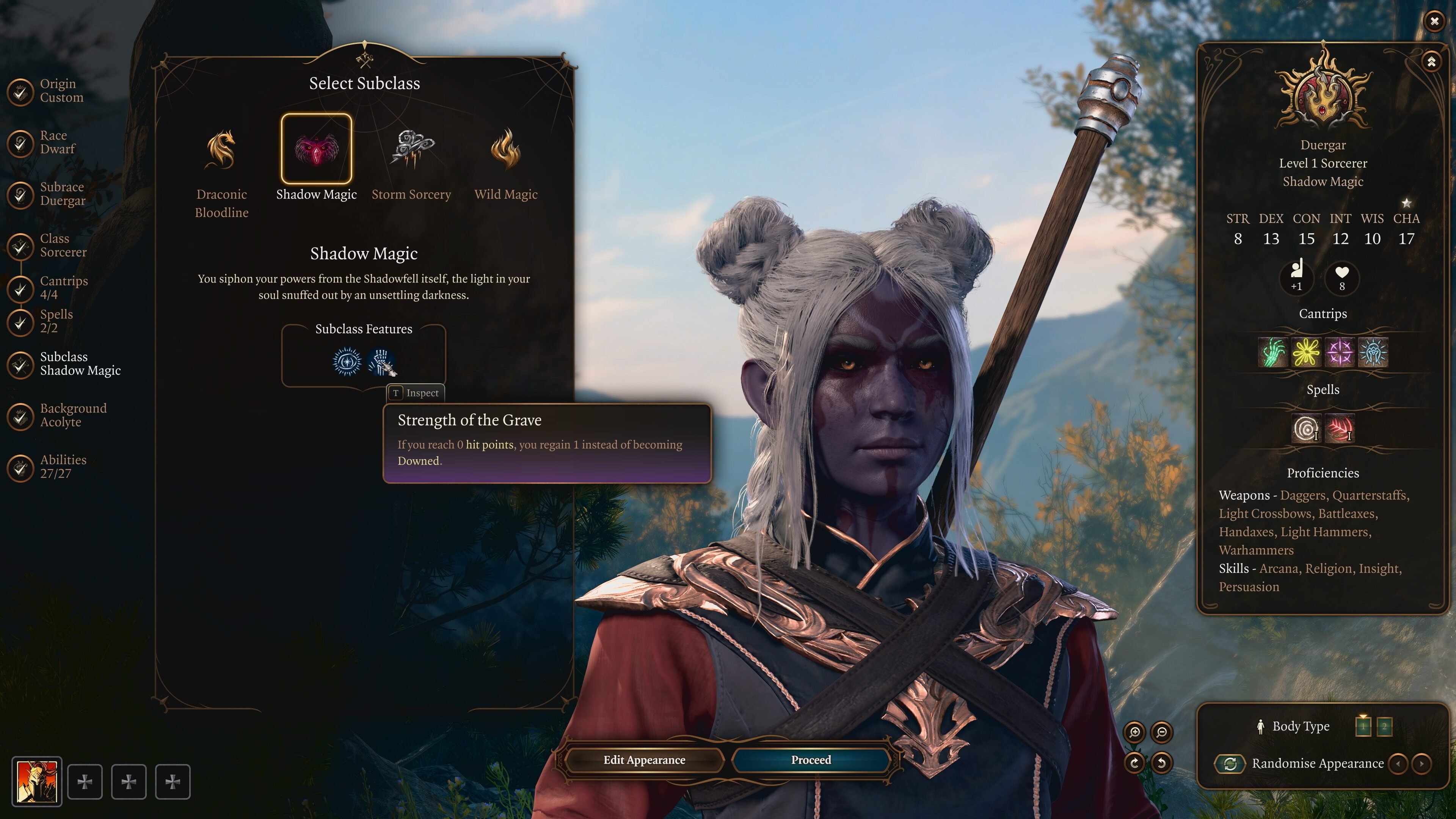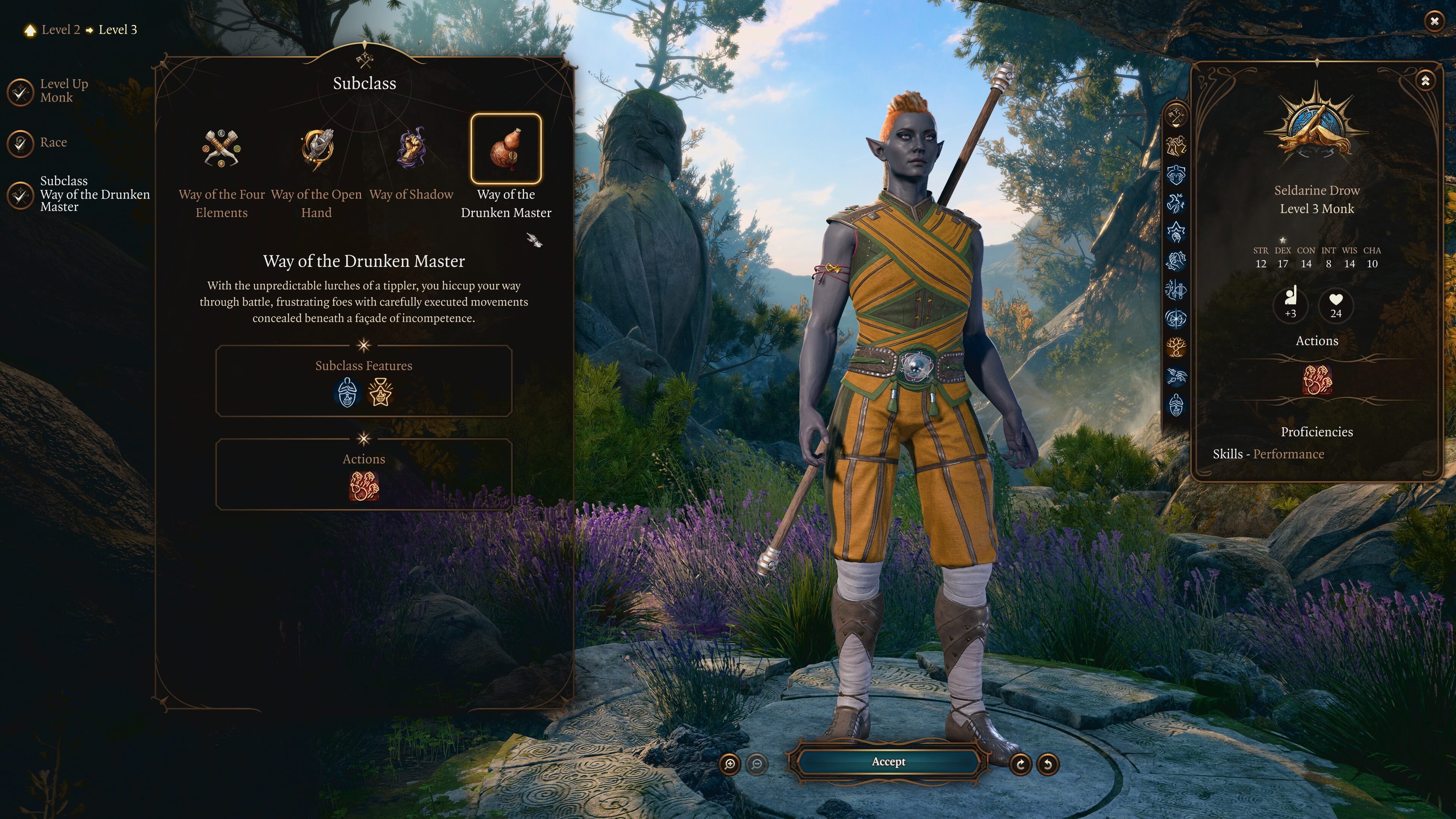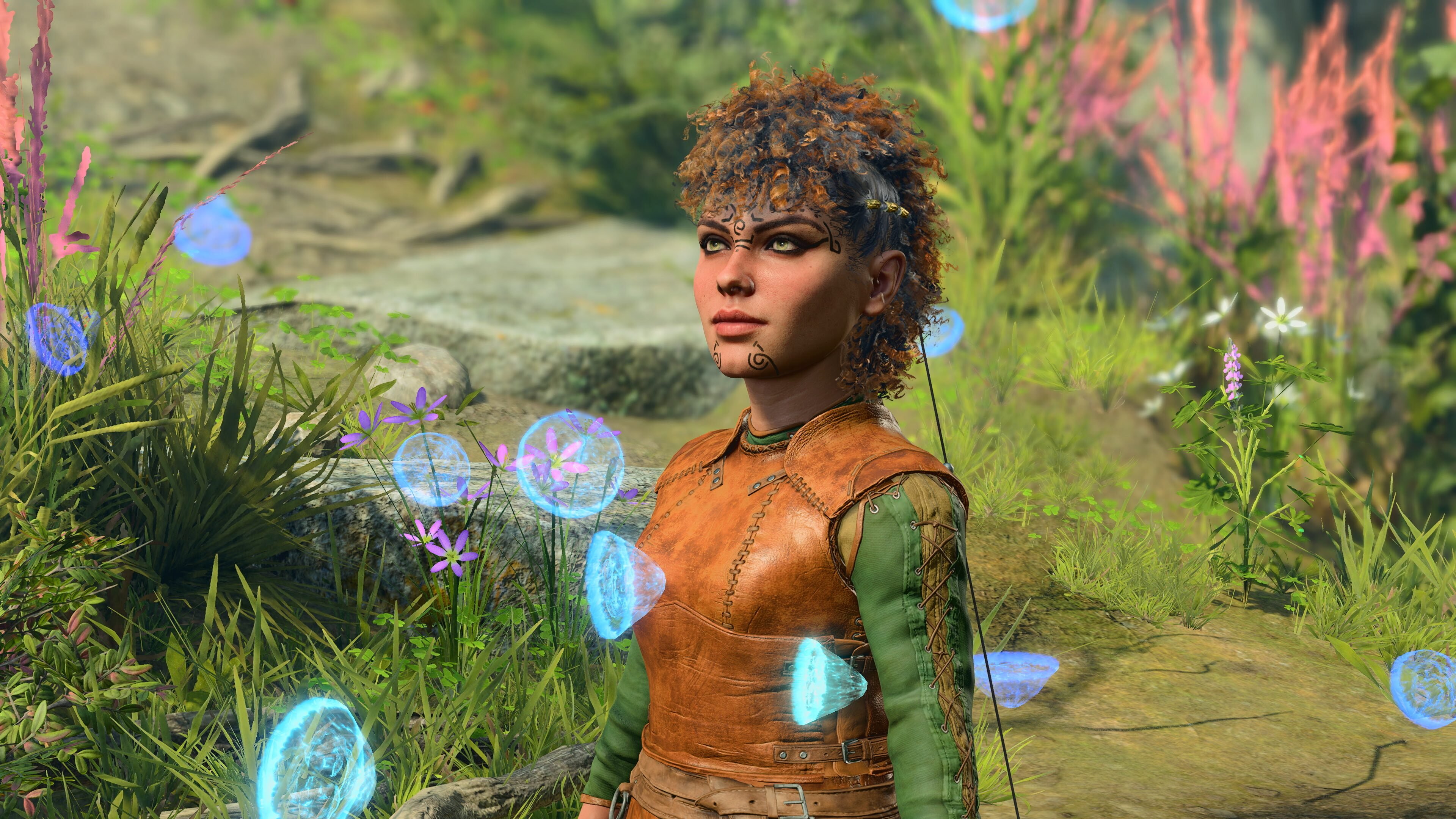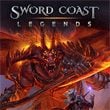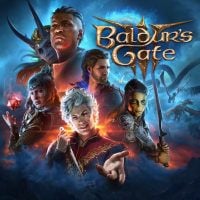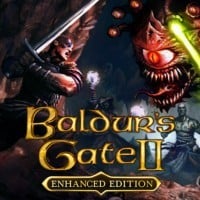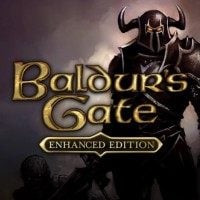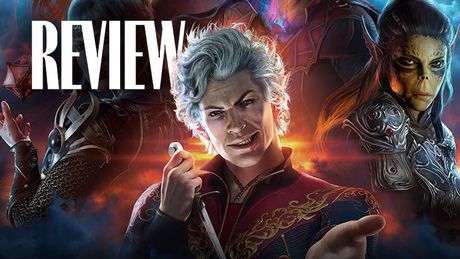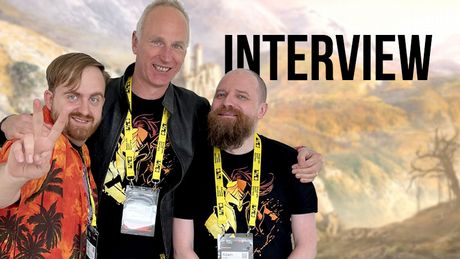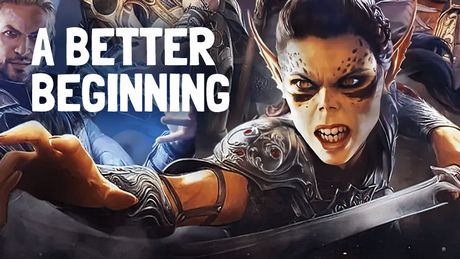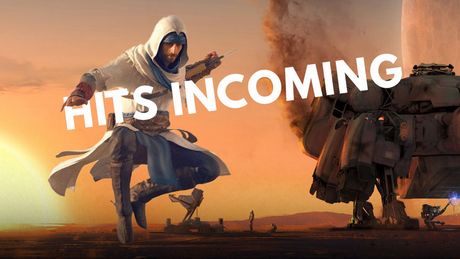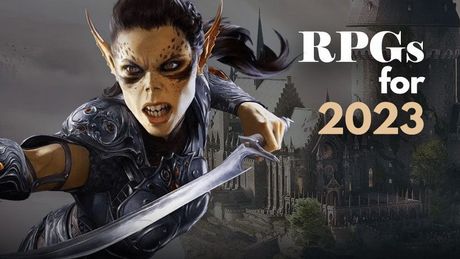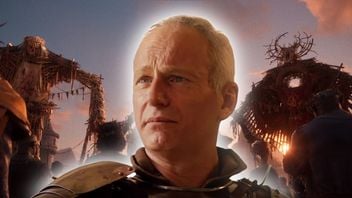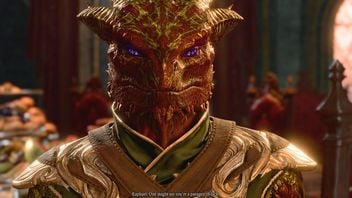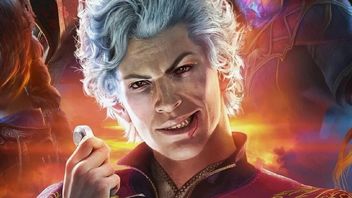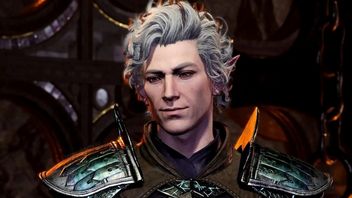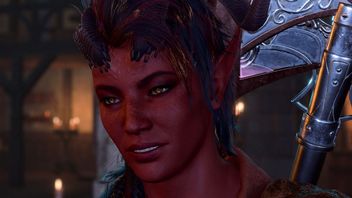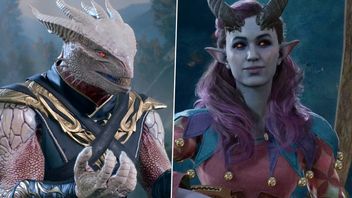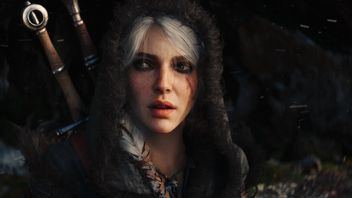The main protagonist manages to escape the kidnappers, but not without a tadpole of their own buried in their brain. Though at first they try to find a cure, they soon realize the parasite provides them with abilities others could only dream of. All this eventually uncovers a much larger intrigue, with our protagonist's fate depending on the decisions and choices we make throughout the game.
The plot is less linear than in previous installments, and much more expansive to boot. The script consists of over two million words, including more dialogue than the entire literary Lord of the Rings trilogy. We'll experience the story through dialogue, notes found during gameplay, and over 170 total hours of cutscenes. There are multiple ways to complete quests, their results having consequences later on.
Races and classes
Baldur's Gate III starts with us having to create our own character or choose a pre-made one. The character creator starts off with choosing our hero's gender and race (there are 11 races and 31 subraces available at launch, ranging from the returning humans, dwarves, elves and halflings, to brand-new tieflings, drow and githyanki). Next, we must choose their class (with 12 classes and 46 subclasses available at launch), initial skills (abilities, actions and spells, of which there are over 600) and stats: strength, dexterity, constitution, intelligence, wisdom and charisma.
There are also seven pre-made characters to choose from, with their own stories, personalities, desires, motivations and entire personal questlines. We can still add them to our party as companions even if we don't choose them as the protagonist.
The gameplay is shown from an isometric perspective, though the camera can be freely rotated and zoomed in to admire the game's fine details. The game's vast world (divided into regions) includes cities, villages, idyllic outdoor areas and dungeons - as well as the Underdark. Though we start off alone, we're soon joined by other adventurers. Our party can hold three other companions at once, while the remaining ones wait in our camp, where we can go to at any time. Companions can be befriended and even romanced.
Gameplay
The game's driving force are main quests which progress the storyline, alongside numerous side quests. The camera zooms in on the characters during conversations, with the dialogue system resembling the one found in Dragon Age. It's worth noting some dialogue options require passing a dice check (usually for a specific skill). The dice are also plentifully used during other activities. For example, passing a perception check can reveal traps while exploring, while critically injured characters must succeed on a death saving throw to survive.
Speaking of death, turn-based combat is the game's core mechanic. Unlike in the Divinity games, the combat system is based on the rules of Dungeons & Dragons 5e, which means randomness and roll of the dice play a larger role. Before each battle, the combatants roll for initiative, which determines the action order: we're only guaranteed priority if we manage to take the enemies by surprise. During each turn a combatant can move up to a certain distance (limited by their movement speed), take an action, such as attacking or casting a spell (whether we hit or not is determined by a dice roll) and a bonus action (such as drinking a potion).
Making use of our party's strengths and interacting with the environment is key to victory. Spilled oil can be ignited, some objects moved (if we're strong enough to do so) and damaged bridges - destroyed (sometimes sending enemies tumbling down with them). The terrain also plays an important role - ranged units, for example, gain increased attack range when on higher elevations.
Progressing through the game rewards us with experience and lets us level up. Unlike the series' previous installments, in which each party member levelled up independently of each other, this time each level up affects the entire party. Though rare, each level up makes us significantly more powerful.
Baldur's Gate 3 runs on a new version of Larian's engine known from their previous games - the Divinity Engine 4.0. The character models and the locations are full of detail. The spellcasting sound effects are also quite appealing. Though the game as a whole is still colorful, its palette is more subdued compared to the Original Sin games.
Co-op
Baldur's Gate III is fully playable in singleplayer and co-op - both online (for up to 4 players) and local, using split screen (for up to 2 players). Though cross-platform gameplay was not supported on release, the developers have announced it will be implemented in later updates.
Early Access
The game first debuted in Early Access, containing the entire Act I, including 80 combat encounters and nearly 600 NPCs. This version was very warmly received, and the developers have implemented lots of player feedback into the full release.
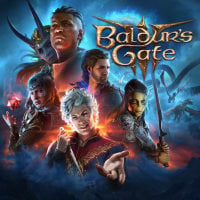
![[4:37] - The Final Patch An Animated Short](https://cdn.gracza.pl/galeria/filmy/640x360/518279421.jpg)
